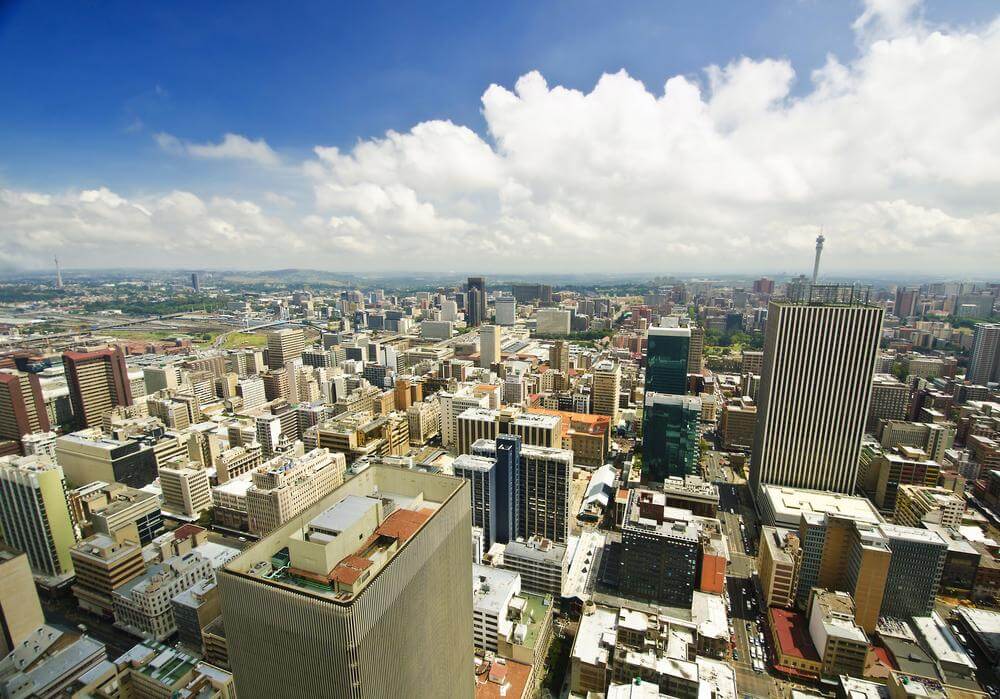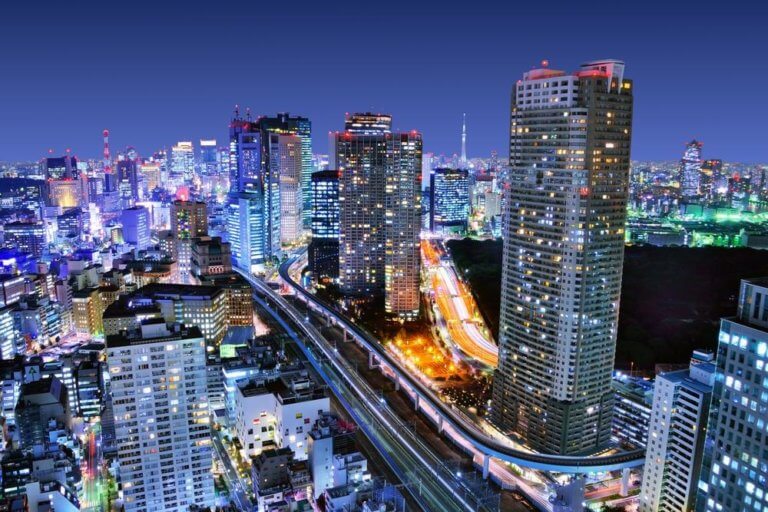Economic growth in Sub-Saharan Africa (SSA) continues to rise from 4.7% in 2013 to a forecasted 5.2% in 2014.
Growth was notably buoyant in resource-rich countries, including Sierra Leone and the Democratic Republic of Congo. It remained steady in Cote d’Ivoire, while rebounding in Mali, supported by improved political stability and security. Non-resource-rich countries, particularly Ethiopia and Rwanda, also experienced solid economic growth in 2013.
Capital flows to Sub-Saharan Africa continued to rise, reaching an estimated 5.3% of regional GDP in 2013, significantly above the developing-country average of 3.9%. Net foreign direct investment (FDI) inflows to the region grew 16% to a near-record $43 billion in 2013, boosted by new oil and gas discoveries in many countries including Angola, Mozambique, and Tanzania.
With lower international food and fuel prices, and prudent monetary policy, inflation slowed in the region, growing at an annual rate of 6.3% in 2013, compared with 10.7% a year ago. Some countries, such as Ghana and Malawi, have seen an uptick in inflation because of depreciating currencies. Remittances to the region grew 6.2% to $32 billion in 2013, exceeding the record of $30 billion reached in 2011. These inflows, combined with lower food prices, boosted household real incomes and spending.
Tourism also grew notably in 2013, helping to support the balance of payments of many countries in the region. According to the UN World Tourism Organisation, international tourist arrivals in Sub-Saharan Africa grew by 5.2% in 2013, reaching a record 36 million, up from 34 million in 2012, contributing to government revenue, private incomes
and jobs.
“High-quality university programs in Africa, particularly in areas such as the applied sciences, technology, and engineering, could dramatically increase the region’s competitiveness, productivity and growth,” says Makhtar Diop, the World Bank Group’s Vice President for Africa. “Strategic reforms are needed to expand young people’s access to science-based education at both the country and the regional level, and to ensure that they graduate with cutting-edge knowledge that is relevant and meets the needs of private sector employers.”
Diop further notes that a number of African countries are now routinely among the world’s fastest-growing countries as a result of sound macroeconomic reforms in recent years and the fact that the rest of the world has steadily updated its reality of the continent as a high opportunity region for trade, investment, business, science and technology, and tourism. “Poor physical infrastructure will, however, continue to limit the region’s growth potential. Significantly more infrastructure spending is needed in most countries in the region if they are to achieve a lasting transformation of their economies.”
Africa’s Pulse says that the region’s infrastructure deficit is most acute in energy and roads and that across Africa, unreliable and expensive electricity supply and poor road conditions continue to impose high costs on business and intraregional trade.























